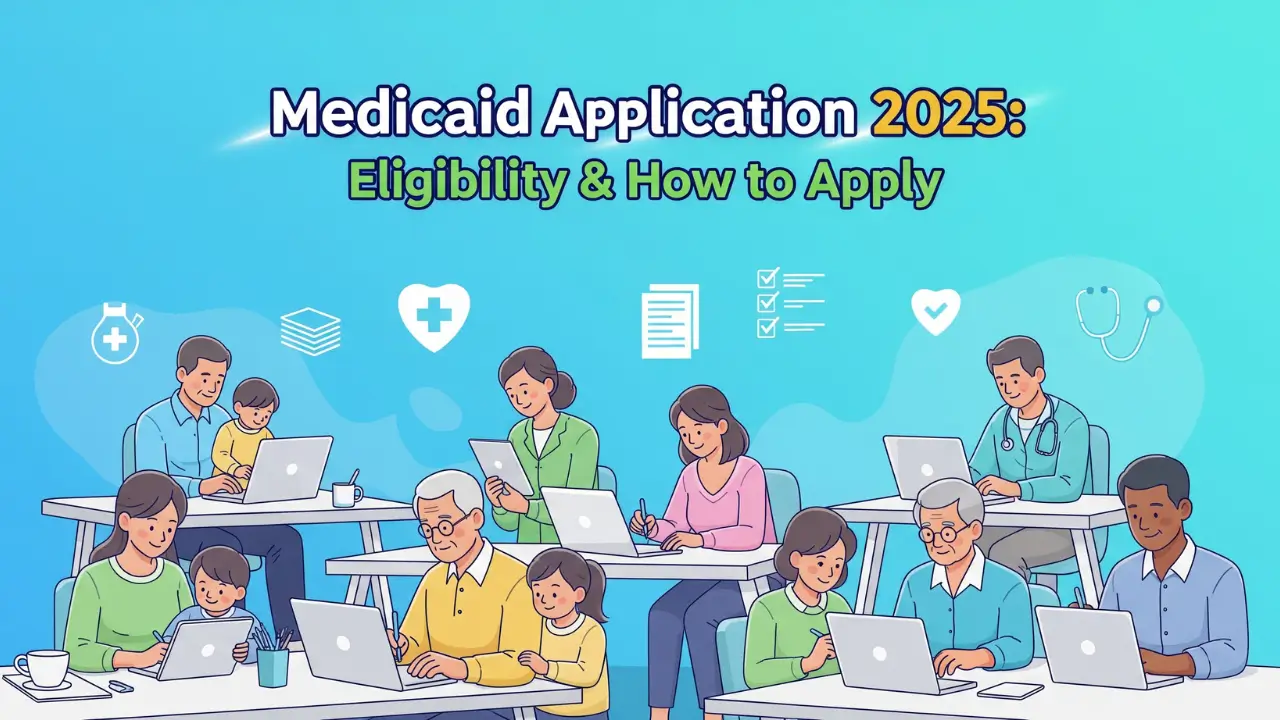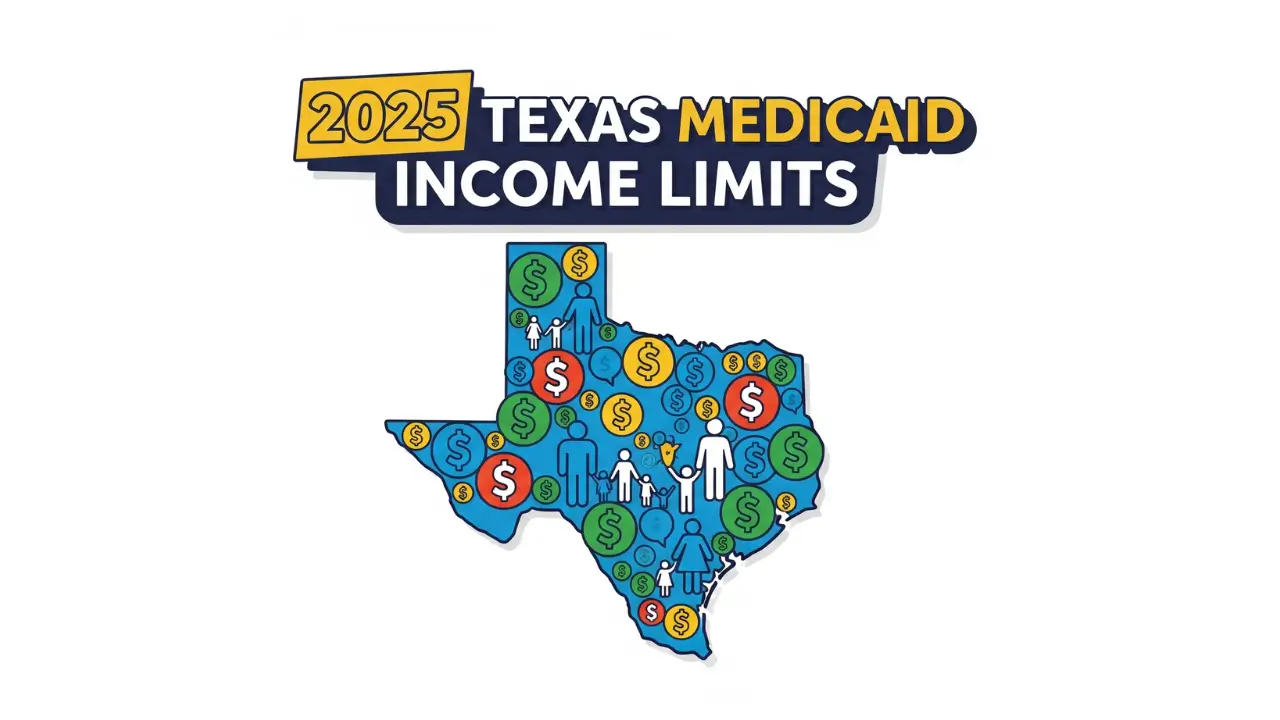Living in Alaska comes with higher costs for housing, food, and healthcare, which is why Medicaid plays a vital role in keeping coverage affordable.
In 2025, a single adult can qualify with an income up to $26,950 per year, while a family of four qualifies if they earn below $56,300.
These higher limits reflect Alaska’s special poverty guidelines. At the same time, national debates like the “One Big Beautiful Bill” are raising questions about Medicaid work requirements and SNAP benefits, making it important for Alaskans to know exactly where they stand.
Key takeaways
- Single adult: Eligible up to $26,950/year (138% Alaska FPL).
- Family of four: Eligible up to $56,300/year.
- Children & pregnant women: Can qualify up to 200% FPL through Denali KidCare.
- Alaska uses higher FPLs than the lower 48 states due to higher living costs.
- Trend alert: As federal lawmakers debate new Medicaid work rules, Alaska’s expanded eligibility continues to offer broader protection.
Understanding Alaska’s Higher Medicaid Standards
Unlike most states, Alaska has its own version of the Federal Poverty Level. This adjustment exists because the cost of living in Alaska is so much higher than in the lower 48 states. That means income limits for Medicaid are higher, giving more families access to benefits.
The Affordable Care Act allowed states to expand Medicaid to cover more adults, and Alaska chose to expand in 2015. As a result, many adults without children can qualify if their income is below 138% of the Alaska FPL. For example, in 2025, a single adult in Alaska qualifies with an income up to about $26,950 per year.
This combination of higher poverty guidelines and expansion makes Alaska different from states like Alabama or Texas, where adults without children are left out completely.
2025 Alaska Medicaid Income Chart
Below is the updated chart for Alaska’s Medicaid income limits in 2025.
| Household Size | 100% FPL (Alaska) | 138% FPL (Expansion Adults) | 200% FPL (Children/Pregnancy) |
| 1 person | $19,530 | $26,950 | $39,060 |
| 2 person | $26,620 | $36,740 | $53,240 |
| 3 person | $33,710 | $46,520 | $67,420 |
| 4 person | $40,800 | $56,300 | $81,600 |
| 5 person | $47,890 | $66,080 | $95,780 |
| 6 person | $54,980 | $75,860 | $109,960 |
How to read this chart:
- 100% FPL is the baseline poverty line used nationally.
- 138% FPL is the eligibility cutoff for most adults under Medicaid expansion.
- 200% FPL or more applies to groups like children and pregnant women under programs such as Denali KidCare.
Example: A single parent with two children (3-person household) could earn up to about $46,500 per year and still qualify for Medicaid coverage in Alaska.
Eligibility Pathways for Alaskans
Medicaid in Alaska isn’t one-size-fits-all. Different groups qualify under different rules:
- Adults without children: Eligible up to 138% FPL thanks to expansion.
- Children: Often covered at higher levels under Denali KidCare, sometimes beyond 200% FPL.
- Pregnant women: Given higher eligibility limits to ensure full prenatal care and delivery coverage.
- Seniors and people with disabilities: Can qualify under income rules, but also through long-term care and medical expense deductions.
This layered system ensures that children and pregnant women don’t lose access to care just because family income is slightly above the adult cutoff.
Expansion and Alaska’s Healthcare Landscape
Alaska’s decision to expand Medicaid changed the healthcare landscape dramatically. Tens of thousands of Alaskans who were previously uninsured gained coverage, including many living in rural and Indigenous communities where access to healthcare was already limited.
Expansion means that a single adult making $25,000 a year in Anchorage or Fairbanks can qualify, whereas in non-expansion states, that same person would not. It has also reduced the number of uninsured residents and helped hospitals by lowering the amount of uncompensated care.
While Alaska’s healthcare costs remain higher than the national average, expanding Medicaid helps bridge the gap for many working families and individuals.
Steps to Apply for Medicaid in Alaska
If you want to see whether you qualify for Medicaid in 2025, follow these steps:
- Go to the Alaska Department of Health website or start at Medicaid.gov.
- Use the eligibility screening tools by entering your household size and annual income.
- Prepare your documents:
- Proof of income (pay stubs, tax return, or employer statement)
- ID and Social Security number
- Proof of Alaska residency (lease, utility bill, or state ID)
- Proof of pregnancy or disability if relevant
- Proof of income (pay stubs, tax return, or employer statement)
- Submit an application: You can apply online, by mail, or in person at a local Medicaid office.
- Report changes quickly: If your income or family size changes, update your application to keep coverage accurate.
Tip: Alaska sometimes uses existing records (like tax filings) to verify income automatically, but having your documents ready will make the process smoother.
Other Affordable Alternatives in Alaska
If you don’t qualify for Medicaid, you still have several options in Alaska:
- Denali KidCare: Covers children and teens up to age 18, even if household income is above Medicaid levels. It provides full health benefits including doctor visits, prescriptions, dental, and vision care.
ACA Marketplace Plans: Available through HealthCare.gov. Many Alaskans qualify for subsidies, which can reduce premiums to less than $50/month, depending on income.
Community Health Centers: Especially important in rural Alaska, these clinics provide sliding-scale services for uninsured residents. Care includes primary care, preventive screenings, and women’s health.
FAQs:
Q1: What is the maximum income for a single adult to qualify for Medicaid in Alaska in 2025?
About $26,950 per year, which is higher than the lower 48 states due to Alaska’s cost-of-living adjustment.
Q2: Can adults without children get Medicaid in Alaska?
Yes. Alaska expanded Medicaid in 2015, so adults without children are eligible up to 138% FPL.
Q3: What about pregnant women?
Pregnant women qualify at higher levels, often around 200% FPL, to ensure they get prenatal and maternity care.
Q4: Does Alaska have a CHIP program?
Yes. It’s called Denali KidCare, and it covers children and teens in families with higher incomes than standard Medicaid allows.
Q5: How often are the income limits updated?
Each January, when HHS releases new poverty guidelines.
Q6: Where can I apply for Alaska Medicaid?
Through the Alaska Department of Health website, Medicaid.gov, or at a local Medicaid office.
Conclusion
Alaska Medicaid income limits for 2025 are higher than in most other states because of the state’s unique poverty guidelines. As an expansion state, Alaska allows adults, children, and pregnant women broader access to care compared to non-expansion states.
If you think you may qualify, visit the Alaska Medicaid website, gather your documents, and apply. Even if you don’t meet Medicaid’s requirements, programs like Denali KidCare, ACA marketplace subsidies, and community health centers can make healthcare affordable.
Healthcare in Alaska comes with challenges, but Medicaid and related programs are there to ensure families and individuals have access to the care they need.




